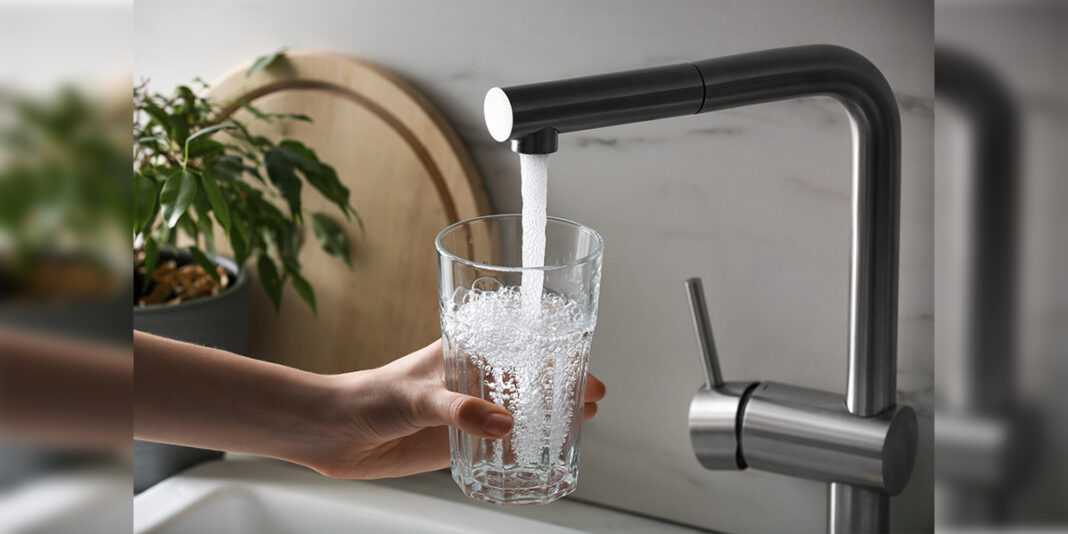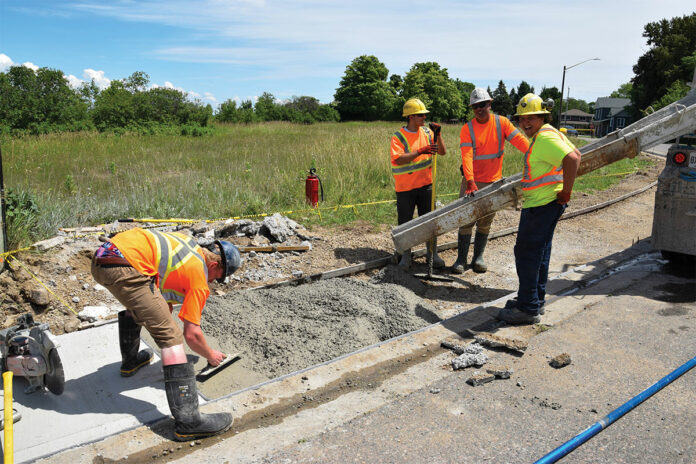ONTARIO—The University of Toronto School of Public Health and Investigative Journalism Bureau (IJB) published a damning report which shows that since 2019, up to 50 percent of Ontario’s public schools have had at least one test surpass the federal safety guideline for toxic lead content. There is a possibility that more than 800,000 students in the thereabouts of 2,300 elementary and high schools may have been impacted.
In ascending order, the following schools had the highest lead content in their drinking water: Leaside High School, Toronto District School Board. Tested 74 times between 2019-2023. Just over 40 percent of tests exceeded the federal guideline of 5 parts per billion (ppb); Trenton High School, Hastings and Prince Edward County. Tested 154 times between 2019-2023. Nearly half of the tests exceeded 5 ppb. Highest reading was 71.9 ppb in September 2020; Cambridge Street Public School, Ottawa-Carleton District School Board. Tested 44 times between 2019-2023. Forty-one out of 44 tests exceeded the federal guideline of 5 ppb. Four tests ranged between 105 ppb and 136 ppb; First Avenue Public School, Ottawa-Carleton District School Board. Tested 61 times between 2019-2023. More than 80 percent of tests exceeded 5 ppb. Two tests reached 1,500 ppb and 1,730 ppb.
Overall, the Ottawa-Carleton District School Board had the highest ratio of tests exceeding federal safety guidelines, with about a third of approximately 5,300 tests surpassing the limit between 2019 and 2023. Schools in Peel, Dufferin, Hastings, and Prince Edward County also reported high numbers of tests above federal guidelines.
While the Rainbow District School Board is not mentioned in the reporting, it does not preclude them.
Nicole Charette, senior advisor for the corporate communications department of the Rainbow District School Board, says that the school board prioritizes projects based on expected life cycles on the condition of the facilities and that extensive work has been done in the district, including but not limited to replacing roofs and windows, upgrading mechanical systems and renovating learning spaces.
“We have also built new schools and consolidated older facilities,” Ms. Charette said. “Our goal is to maximize the funds received to the benefit of our students. We also prioritize sustainability though green technology and energy efficiencies.”
Mike Mantha, MPP for Algoma-Manitoulin, said he feels that the provincial government isn’t doing enough to meet the changing needs of its constituents. “I don’t have the answer as to how big of a threat it is to us locally,” he said regretfully. “It is difficult to get ahold of the backlogs as to what is falling into disrepair. We have to look at what role the Ministry of Environment and if assents and repairs are being done routinely—it doesn’t seem to be a priority to them.”
Ontario is among the few provinces in the country that have not implemented the federal safety guideline for lead, which was created in 2013 and restricts the lead content in brass fittings used in plumbing. In an emailed statement, Ontario’s Ministry of Environment, Conservation and Parks did not address questions about why the province chose not to adopt the federal safety guidelines for lead. Instead they doubled down saying, “Ontario has one of the most stringent testing regimes for lead in drinking water in the entire country … Ontario will continue to work with our partners through our comprehensive framework to protect Ontario’s drinking water from source to tap.”
However, five years after Health Canada reduced the maximum acceptable lead levels in drinking water from 10 parts per billion to 5 ppb, Ontario, New Brunswick and Saskatchewan still measure safety at the previous limit of 10 ppb.
Because of the higher threshold (10 ppb instead of 5 ppb) that means that the incidents of exceedances are actually double what the province reported. The skewed federal and provincial safety guidelines for lead are misleading to Ontarian’s, according to IJB.
“The (provincial) government isn’t responding to the priorities of the people within the province,” Mr. Mantha went on to say. “We know that there is a lack of student support and the boards are trying to ameliorate that situation with limited funding. It is the provinces duty to provide safe and clean infrastructure. We need a bureaucratic change that prioritizes health care and education. This is a huge ongoing issue.”
Out of around 100,000 tests done on drinking water in Ontario public schools from 2019 to 2023, 13 percent showed lead levels higher than Health Canada’s safe limit of 5 ppb. Almost half of the 4,875 public schools tested had at least one result above the federal guideline.
In the province’s child-care centres, lead tests from the same period revealed that almost four percent, or over 1,000 tests, had lead levels above the federal guideline. In private schools, six percent of the tests showed lead levels exceeding the federal limit.
A comprehensive 2023 World Bank study revealed that in 2019, children under five globally lost 765 million IQ points due to lead exposure from various sources, including drinking water. The study also estimates Canadian Environmental Law Association (CELA) and the Ontario Municipal Water Association are urging the province to lower the guideline to match the national standard and to map and remove all lead service lines by 2030. They stated that the existing regulations are outdated and inadequate for protecting public health, putting Ontarians’ health at unnecessary risk.
“The legislation and Ontario’s regulatory framework for lead in drinking water are incomplete, outdated, and insufficient to protect public health,” stated the two organizations on May 7. “Failing to review and update the current laws and regulations is putting the health of Ontario residents at unnecessary risk.”






